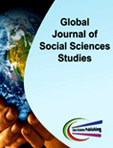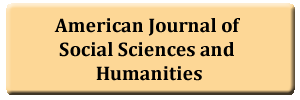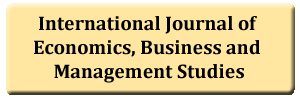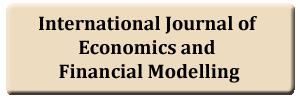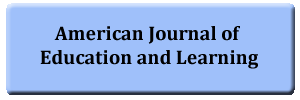Study on the Reasons Why the Ability of Junior High School Students about Data Analysis is Weak
DOI:
https://doi.org/10.20448/807.3.1.56.62Keywords:
Data analysis, Mathematics, Ability, Junior, Students.Abstract
Through the survey of 320 junior high school students and the interviews with some junior high school math teachers, we analyzed the reasons comprehensively why junior high school students' ability of data analysis were weak.The results showed that the following aspects were quite prominent: junior high school students ignored practice of the data analysis; they had a low demand for basic knowledge; teachers seldom guided the basic method of data analysis; teachers seldom supervised and evaluated students study results of data analysis in time and their frequency of summary was low. Therefore, in order to improve students' ability of data analysis effectively, math teachers should dig into the basic methods of data analysis when they prepare lessons, select and arrange the students' exercises carefully, strengthen the teaching of basic knowledge and basic method of data analysis, and pay attention to the classroom inspection and supervision of study results of students' data analysis. Students should selectively increase the practice according to their actual situation.

